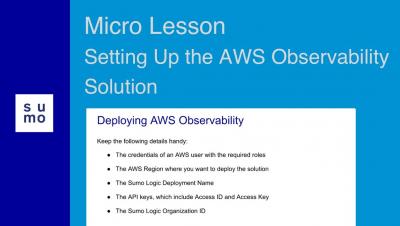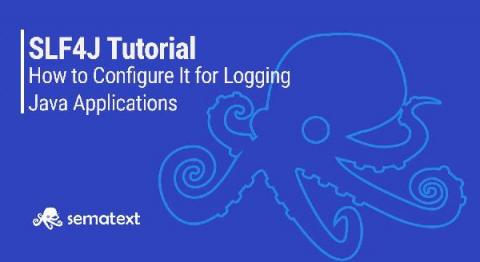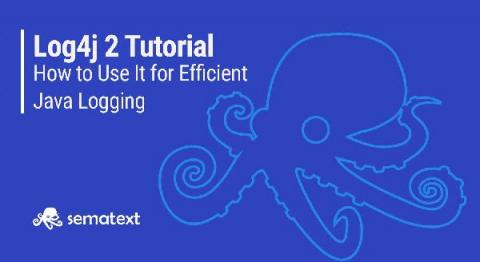Operations | Monitoring | ITSM | DevOps | Cloud
Logging
The latest News and Information on Log Management, Log Analytics and related technologies.
SLF4J Tutorial: Example of How to Configure It for Logging Java Applications
Logging is a crucial part of the observability of your Java applications. Combined with metrics and traces gives full observability into the application behavior and is invaluable when troubleshooting. Logs, combined with metrics shortens the time needed to find the root cause and allows for quick and efficient resolutions of problems.
Visual Link Analysis with Splunk: Part 4 - How is this Pudding Connected?
I thought my last blog, Visual Link Analysis with Splunk: Part 3 - Tying Up Loose Ends, about fraud detection using link analysis would be the end of this topic for now. Surprise, this is part 4 of visual link analysis. Previously (for those who need a refresher) I wanted to use Splunk Cloud to show me all the links in my data in my really big data set. I wanted to see all the fraud rings that I didn’t know about. I was happy with my success in using link analysis for fraud detection.
Splunking AWS ECS And Fargate Part 3: Sending Fargate Logs To Splunk
Welcome to part 3 of the blog series where we go through how to forward container logs from Amazon ECS and Fargate to Splunk. In part 1, Splunking AWS ECS Part 1: Setting Up AWS And Splunk, we focused on understanding what ECS and Fargate are, along with how to get AWS and Splunk ready for log routing to Splunk’s Data-to-Everything Platform.
Log4j 2 Configuration Example: Tutorial on How to Use It for Efficient Java Logging
When it comes to troubleshooting application performance, the more information you have the better. Logs combined with metrics and traces give you full visibility into your Java applications. Logging in your Java applications can be achieved in multiple ways – for example, you can just write data to a file, but there are far better ways on how to do that, as we explained in our Java logging tutorial.
The Top Query Languages You Should Know for Monitoring (and a couple more)
Sifting data can be fun for some people. Connecting the dots and finding correlations where they weren’t obvious before. It’s the crux of what drives people’s motivation in data science. It’s no different in any other field, especially in one involving systems observability, telemetry, or monitoring. And the best way to do that is to develop a fluency with query languages for different database structures and open source tools.
Validating Elastic Common Schema (ECS) fields using Elastic Security detection rules
The Elastic Common Schema (ECS) provides an open, consistent model for structuring your data in the Elastic Stack. By normalizing data to a single common model, you can uniformly examine your data using interactive search, visualizations, and automated analysis. Elastic provides hundreds of integrations that are ECS-compliant out of the box, but ECS also allows you to normalize custom data sources. Normalizing a custom source can be an iterative and sometimes time-intensive process.
Hafnium Hacks Microsoft Exchange: Who's at Risk?
Microsoft recently announced a campaign by a sophisticated nation-state threat actor, operating from China, to exploit a collection of 0-day vulnerabilities in Microsoft Exchange and exfiltrate customer data. They’re calling the previously unknown hacking gang Hafnium. Microsoft has apparently been aware of Hafnium for a while — they do describe the group’s historical targets.
ON-DEMAND: ScaleUP Security 2021
How to manage Elasticsearch data across multiple indices with Filebeat, ILM, and data streams
Indices are an important part of Elasticsearch. Each index keeps your data sets separated and organized, giving you the flexibility to treat each set differently, as well as make it simple to manage data through its lifecycle. And Elastic makes it easy to take full advantage of indices by offering ingest methods and management tools to simplify the process.









